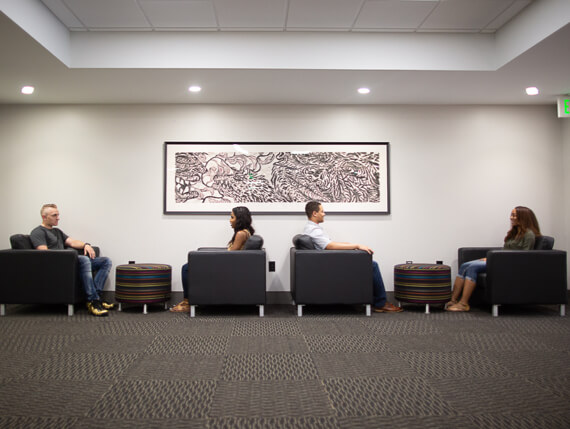


PNW serves approximately 10,000 diverse, hard-working, talented students — many of whom are the first in their families to attend college — across two campuses in northwest Indiana. Their sensitive and sincere approach to amplifying student voices has produced impressive recruitment results.
Discovery report; content strategy; visual design; creative direction; user experience design; information architecture; front- and back-end site development; page template creation; program finder and cost calculator creation; content migration; site implementation; quality assurance testing; analytics configuration and user testing
PNW formed in 2016 from two separate Purdue campuses: Purdue Calumet and Purdue North Central. Both campuses had 70 years of history and accomplishment to merge into a combined website and PNW also needed to layer a new identity atop that complex story. Understandably, the first website that PNW launched was a mashup of 27,000 pages. They knew it suffered from outdated content, a sprawling information architecture, and an inflexible back-end — but it would be two more years before the timing was right to fully redesign.
Associate Vice Chancellor for Marketing and Communications Kris Falzone said, “We had people from the top levels of our institution to our core audience of prospective students telling us they could not find what they were looking for in order to become a part of the PNW community. We all felt very strongly we had a great story to tell but our most important storytelling channel was not letting us do that. The new website needed to articulate a brand vision and a content strategy driven by prospective student needs. And it still had to serve all audiences — from PNW’s internal constituents to our global community — in a bright, responsive, and user-friendly way.”
With strong backing from the Chancellor, the marketing and communications team embarked on a full site redesign in 2018.
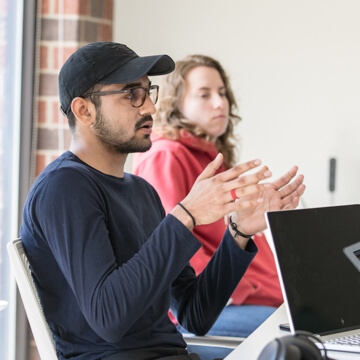
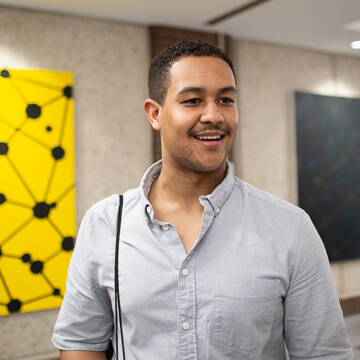
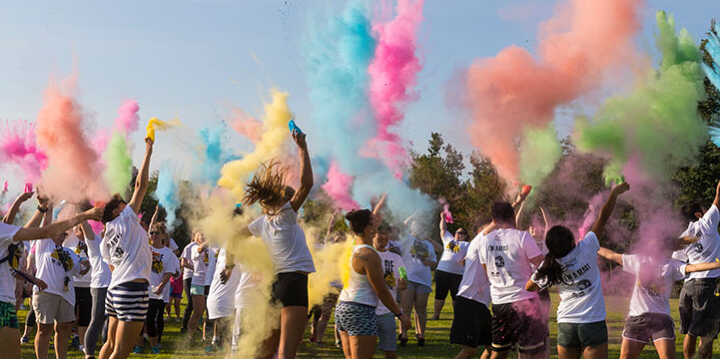

mStoner joined forces with BVK, a partner agency, to conduct a collaborative discovery process that would serve both the brand development process and the subsequent website relaunch. Together, we met with faculty, staff, students, alumni, and community members. The result of that 360-degree process was a wealth of information and insight, as well as strong alignment among our teams on how to tell PNW’s story.
PNW tested how the emerging brand would play on one of its main channels and how they would show, not just tell, students how the university was built to serve them.
When the university decided on its crisp new brand theme, “Power Onward,” the PNW and mStoner teams were standing by to bake it into the content strategy and site design and fully embody its ethos. PNW’s Director of Web Services, James Seidler said, “We chose ‘Power Onward’ because our students have determination and grit. They’re doing five things at once but they keep going. PNW is a great place for them to figure out how to keep moving forward and learn from people who really care about their progress. In building the website, we didn’t just say prioritize students; you really see it on all of the pages — from the way the menus are structured, to the emphasis on student stories, to the types of common questions we try to answer for prospective students.”
Student profiles are standard content on university websites, but it is unusual for a university to put them center stage throughout a website in the way that PNW does. “PNW’s editorial tone is tightly focused on their students’ achievement and growth,” said mStoner Creative Director Ben Bilow. “So student stories and testimonials are on every key page, all across the site. PNW only highlighted real students, which does a nice job reflecting the diversity of the student body without feeling contrived. And there are lots of big testimonial quotes too to make sure the student voice was heard.”
Seidler describes the visual design as modern, organized, and “very photo-first.” The PNW marketing and communications team leaned in to a new photography direction, cropping close-in on students and showing their determination. mStoner then overlapped these large student portraits in a collage layout that feels authentic to a student audience.
A key pillar of the new PNW brand is the richness of interaction that students experience — with each other, with faculty, with their course material, and with campus culture. Video is the perfect interactive medium to convey this, so mStoner gave PNW more ways to use it on the new site. “We’ve incorporated much more video on this site, which makes it more active and more modern in presenting our campuses, students, faculty, and staff,” said Falzone. “We’ve really tried to emphasize the way our students interact here and what they are involved in and how unique their character is. The website gives us more opportunity to make that a visual experience using video as a medium — and we know our prospective students crave that.”
— Kris Falzone, Associate Vice Chancellor for Marketing and Communications, PNW
With thousands of pages to consolidate, the PNW team needed a strong information architecture (IA) to guide their pruning and sorting. This too was an opportunity to uphold their brand promise of a student focus.
“One way that we manifest ‘Power Onward’ is how we structured the site,” Seidler said. “The content people see first–the top navigation–is aimed at prospective students. There were a lot of things competing for attention and mindshare in the former IA. We moved some of the content for more invested audiences like faculty and alumni one layer deeper, so it wouldn’t compete at the top level with prospective students.”
Organizing a site around students also means reserving some top level messaging to answer common questions. Seidler shared that, when it comes to serving first-generation students, information on costs and financial aid has to rise to the top in the UX design. Where other universities might stash tuition and costs four or five levels deep, PNW puts it in first position on their admissions landing page. “We knew from mStoner’s expertise and industry best practice that cost calculators are really important to prospective students,” Seidler said. “To help students visualize their costs, we built a robust tuition and fees calculator that goes all the way down to major selection. We emphasize the calculator first and the costs after, and we’ve seen a 124 percent increase in calculator clicks.”
With a lean, clean IA, Seidler and PNW’s Senior Developer Ryan Olson had a solid framework for evaluating what content should migrate and what should be discarded. They reviewed almost every one of their 27,000 pages and worked with web editors across the two campuses to arrive at the “minimum effective number of pages that can focus our efforts and not confuse people or dilute the user experience.” He says that this was the hardest work and the most time-consuming part of the project, but well worth it. The resulting 1,800 pages are “clearly a system. It’s not as though you get two levels down and feel like you’re on another site. Now we provide a consistent vision and a consistent user experience. That means visitors are sure of where they are going when they click a link.”
With a staff of three, the PNW web services knew that, however beautiful the new site may be, they had to be able to maintain it without additional staff. mStoner had this front of mind when designing page templates and building the back-end of the site’s custom WordPress platform from scratch. Together, the PNW and mStoner teams made a few savvy decisions to help PNW manage the site going forward.
“We started this whole project with the objective that the site needed to focus on prospective students,” Falzone said. “Our previous website tried to be too much to too many people and hadn’t been thought through from a business perspective, linked to the institution’s goals. Since mStoner helped us build a website that represents the university and speaks primarily to prospective students, we can be much more strategic about the ways we present information and build our brand.”
Seidler reports that the strongest success they have seen is the performance of their academic program pages. Traffic to program pages increased 215% over a four-week period (prior to COVID-19). The new site also features a request for information (RFI) form at the very top of each program page, which captures visitors’ interest in the specific program. “The RFI forms were piecemeal and deemphasized on the old site,” Seidler said.
“Now we have an immediate step to extend the conversation and reach out to potential applicants. Requests for program information continue to be up consistently 500% year-over-year. This is the key win of the redesign.”
In a pre-COVID, four-week comparison, the PNW site has delivered:
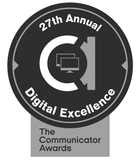
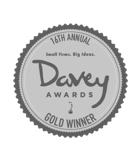
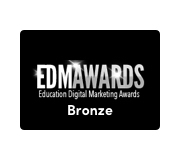
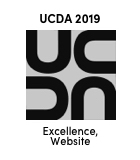
Next case study